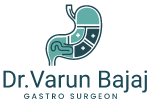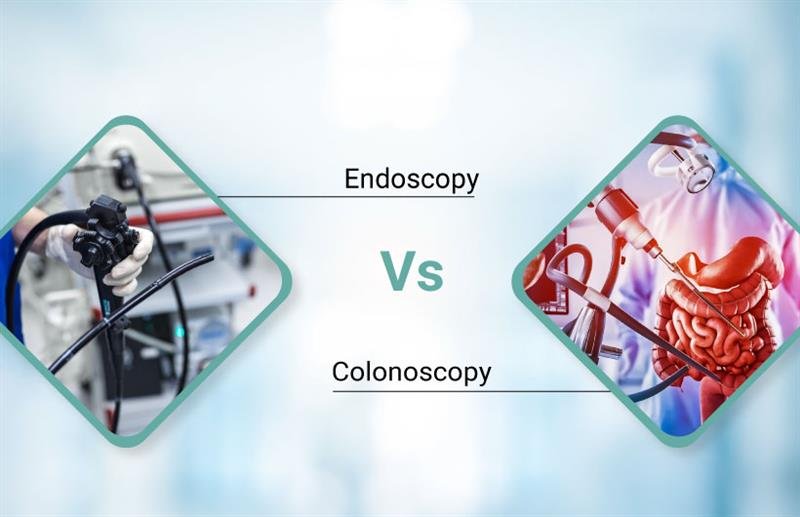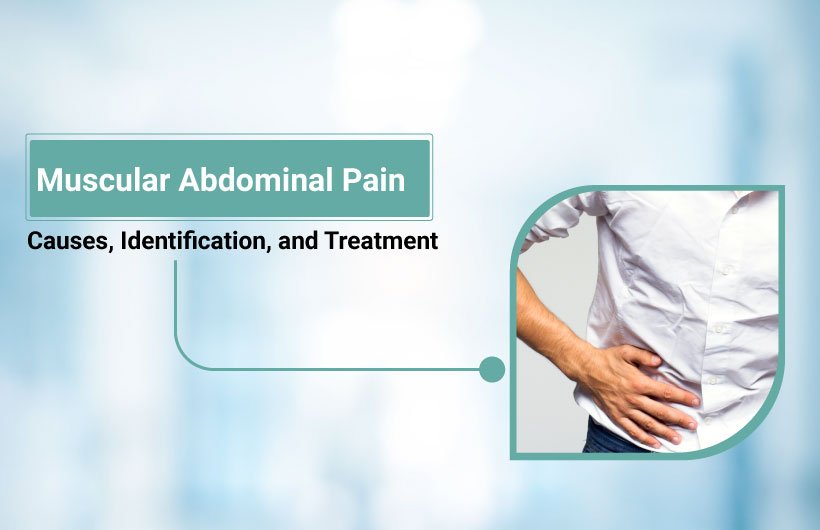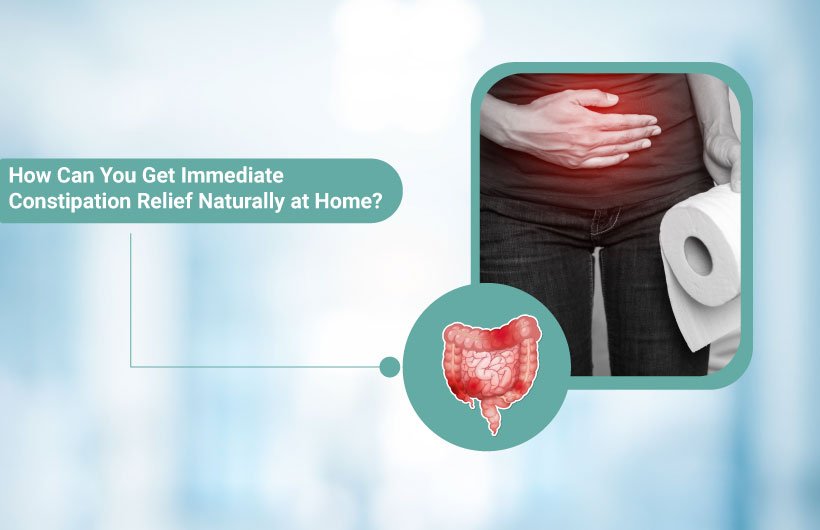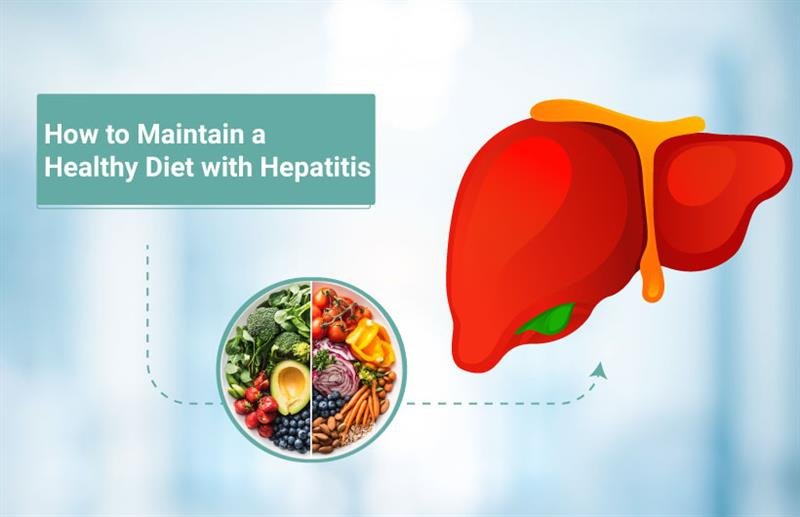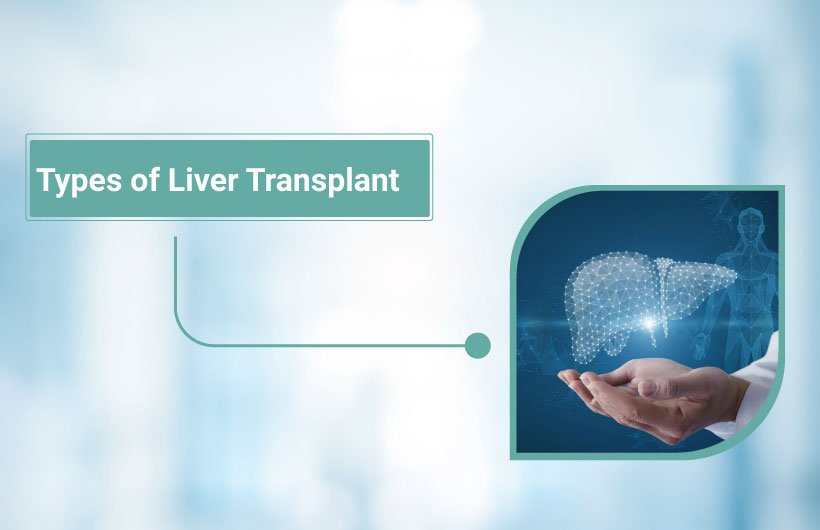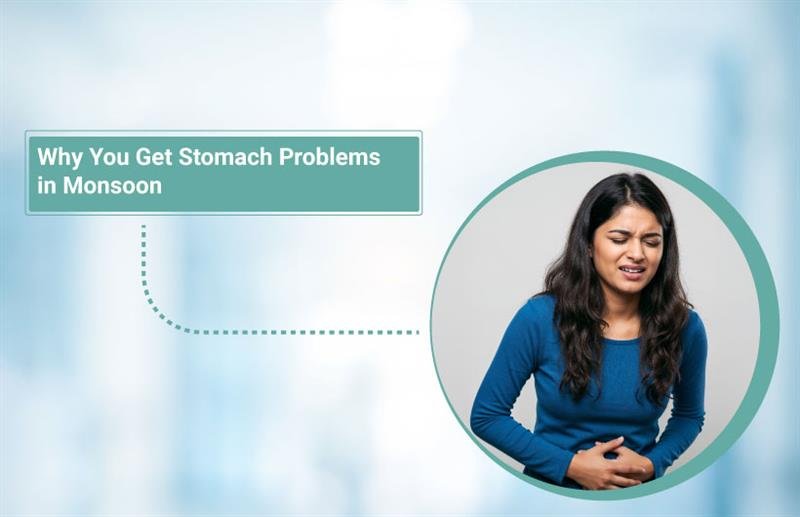It’s common to feel a bit lost when your doctor says you might need an endoscopy or a colonoscopy. Many people mix up these two tests or think they’re the same. But the truth is, while both check your digestive health, they look at very different parts of your digestive system and help diagnose different problems.
In this blog, we’ll break down the difference between endoscopy and colonoscopy in simple words, so you know when each test is needed, what happens during the procedure, and A Gastroenterologist specialist in Ahmedabad like Dr. Varun Bajaj can help you understand your symptoms and decide which test is right for you, whether it is an endoscopy or a colonoscopy.
What is an Endoscopy?
An endoscopy is a procedure used to look inside the upper part of your digestive system. This includes your esophagus (food pipe), stomach, and the first part of your small intestine (duodenum).
Why might you need an Endoscopy?
Doctors recommend an endoscopy if you have:
- Ongoing heartburn or acid reflux
- Stomach pain or bloating that doesn’t go away
- Trouble swallowing food
- Unexplained nausea or vomiting
- Suspected ulcers or infections
How is the endoscopy procedure done?
A thin, flexible tube called an endoscope with a tiny camera on the end is gently passed through your mouth. This allows the doctor to see the lining of your upper digestive tract on a screen.
- The test takes about 15 to 30 minutes.
- Typically, you’ll be advised not to eat or drink anything for about 6 to 8 hours before the procedure.
- A mild sedative might be given to help you relax. You’ll be awake but comfortable, and many people don’t remember much afterwards.
- You might feel a little bloated or have a mild sore throat after, but these feelings go away quickly.
What is a Colonoscopy?
A colonoscopy is used to examine the lower part of your digestive system, which is your colon (large intestine) and rectum.
When is a Colonoscopy needed?
Your doctor might suggest a colonoscopy if you have:
- Blood in your stool or black, tarry stools
- Long-term constipation or diarrhoea
- Unexplained weight loss
- A family history of colon cancer
- Or if you’re over 45, to screen for colon cancer even if you have no symptoms
What happens during a colonoscopy?
A flexible tube called a colonoscope with a camera is gently inserted through your rectum to look at your colon.
- Before the test, you’ll drink a special solution to clear out your bowels, so the doctor gets a clear view.
- The procedure usually lasts 30 to 60 minutes.
- Sedation is administered to help you stay calm or asleep, ensuring a pain-free experience.
- Afterwards, you might have some gas or bloating, which typically goes away the same day.
What’s the Difference Between Endoscopy and Colonoscopy?
Here’s a quick side-by-side comparison to make it easy:
| Point | Endoscopy | Colonoscopy |
| Area Checked | Esophagus, stomach, upper small intestine | Colon & rectum |
| Used For | Heartburn, ulcers, stomach pain | Blood in stool, colon cancer screening |
| Preparation | Fasting overnight | Drinking solution to clean bowels |
| Duration | 15–30 minutes | 30–60 minutes |
| Sedation | Sometimes needed | Almost always needed |
In short:
- Endoscopy is used to detect issues in the upper digestive system, such as ulcers or acid reflux.
- Colonoscopy is for checking the lower digestive tract, often to detect polyps, cancer, or reasons for bleeding.
When Should You Visit a Gastroenterologist?
Recurring digestive symptoms shouldn’t be overlooked Consult a gastroenterologist if they persist:
- Frequent heartburn, stomach pain, or bloating
- Difficulty swallowing food
- Blood in your stool or very dark stools
- Unexplained weight loss
- Or if you’re over 45 and haven’t had a colon cancer screening
Dr. Varun Bajaj specialises in treating digestive problems. He helps patients figure out whether they need an endoscopy, a colonoscopy, or sometimes both, based on their history and symptoms.
What Happens Before and After Endoscopy and Colonoscopy Tests?
Before
- Before an endoscopy, you’ll need to avoid eating or drinking for several hours to ensure your stomach is empty for the procedure.
- Before a colonoscopy, you’ll need to drink a bowel-cleansing solution the day before to empty your intestines.
During
- You’ll be made comfortable with sedation or medicines to relax you.
- The procedures are done in a safe, controlled setting by experienced specialists.
After
- You’ll rest in the clinic for a short time until you’re fully awake.
- Someone should drive you home, since sedation can make you feel sleepy for the rest of the day.
- Most people get back to normal activities by the next day.
Both of these tests are routine and safe, and they play a key role in spotting issues early, often long before they turn into serious health problems.
Conclusion: Take the Next Step for Your Digestive Health
Whether it’s an endoscopy or a colonoscopy, these tests are valuable tools that help doctors like Dr. Varun Bajaj understand what’s going on inside your digestive system. They’re quick, safe, and can be lifesaving by catching diseases like ulcers or colon cancer early. If you’re unsure about your digestive symptoms or worried about your risk, don’t wait. Book a consultation with Dr. Varun Bajaj and get expert guidance on which test is right for you. Taking care of your digestive health today can help you avoid bigger problems tomorrow.
